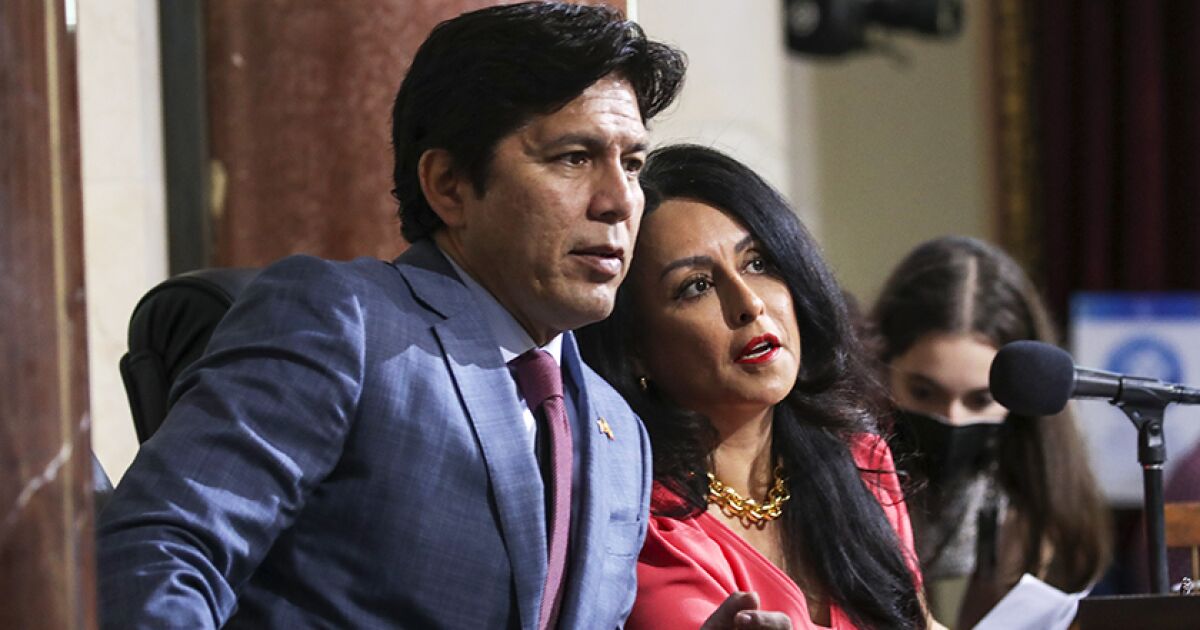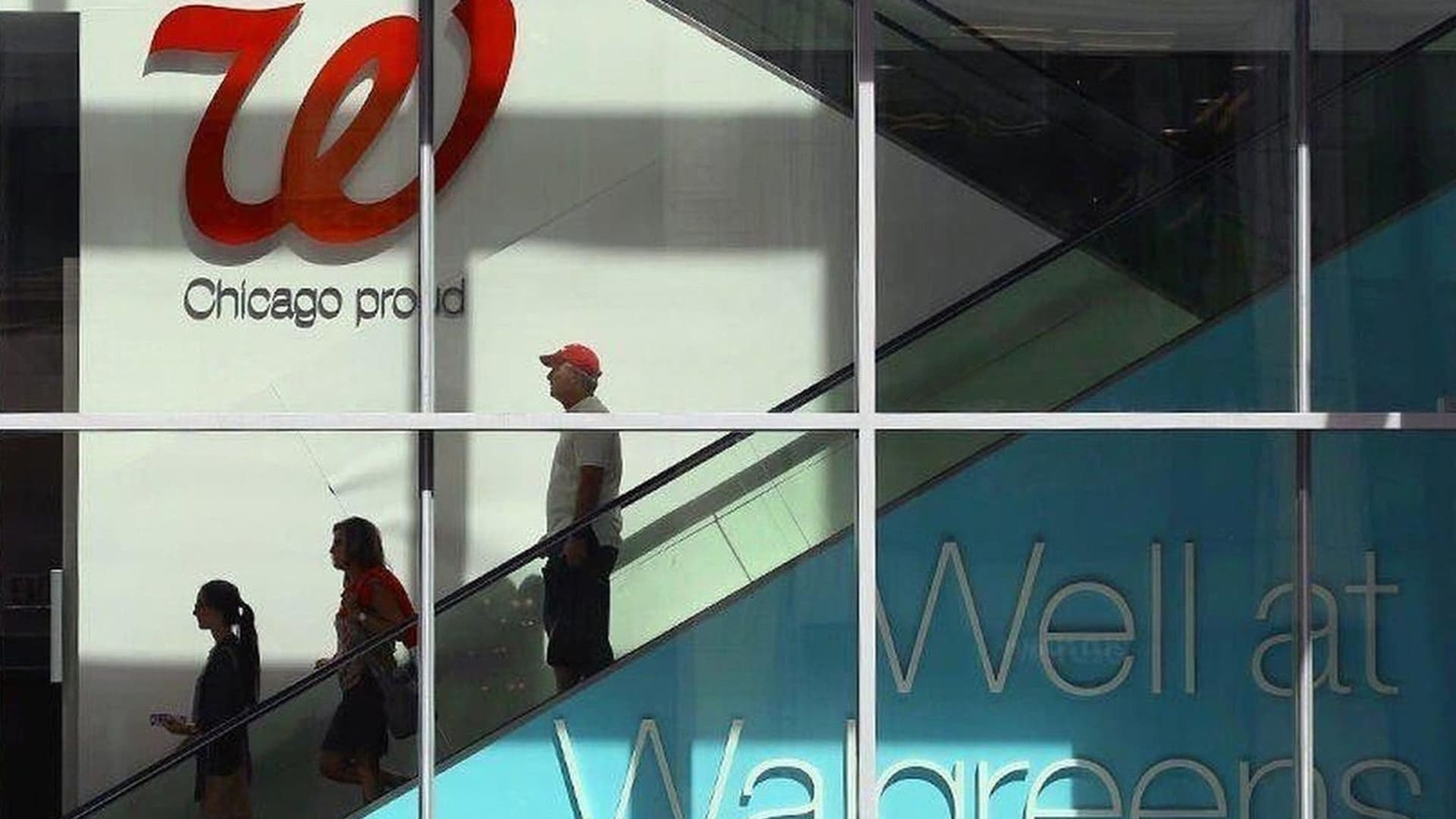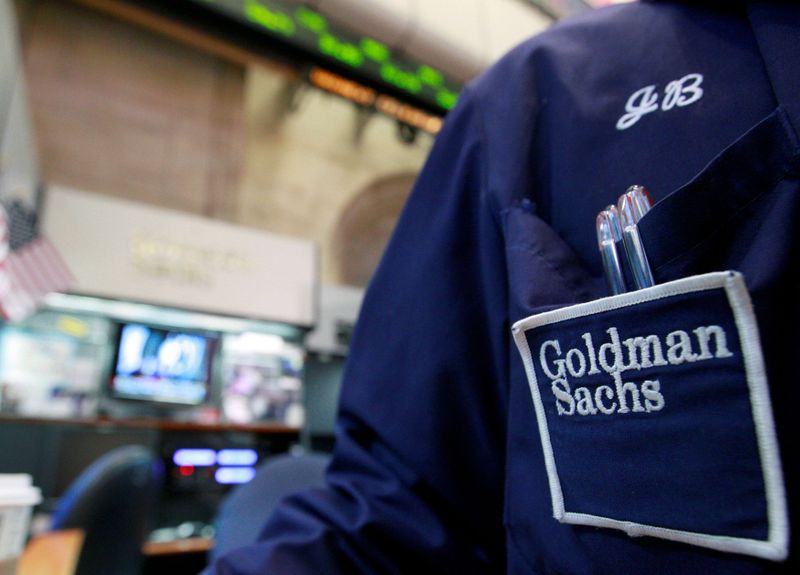Less than four weeks before the midterm elections that will decide control of Congress, President Biden is scheduled to hit the campaign trail in Los Angeles on Thursday, where his lone public appearance will be alongside mayoral candidate Karen Bass.
Biden’s four-day Western swing, which began in Colorado’s high country Wednesday, is as noteworthy for where he isn’t going as for where he is. The trip, built around a high-dollar fundraiser for Democratic House candidates in Los Angeles on Thursday night, will not include travel to Arizona or Nevada, two Western states with closely contested Senate races that may tip the balance of power in Washington.
Sen. Michael Bennet of Colorado, the only vulnerable Democratic senator appearing with Biden during this rare trip out West, welcomed Biden to his state Wednesday largely because the president was taking action that the lawmaker had been pushing for. At an event high in the Rocky Mountains, Biden created his first new national monument at Camp Hale, a World War II-era training camp now protected from development by oil and gas companies.
Bennet, speaking at Camp Hale, focused solely on the designation of the monument, telling the president that “Colorado will be forever grateful” for protecting the area. Biden, who followed the senator at the presidential lectern, credited Bennet as the key individual who “made this finally happen.”
If Democrats are somewhat squeamish about embracing Biden in the final month of the campaign, it’s hardly a historical aberration, as incumbent presidents have almost always faced stiffed political head winds — and seen their party lose seats — in their first midterm election.
Polls indicate that Biden is somewhat less polarizing than his three most recent predecessors. But Democrats seem to be avoiding him anyway.
“Biden isn’t a polarizing figure either personally or in terms of policy. There isn’t something that makes him a flashpoint for voters,” said Peter Hart, a Democratic pollster in Washington. “But instead they’re looking at the broader landscape and where things are at, especially with the economy. The key question about this year is: Will voters look at how far we’ve come? Or how far we have to go?”
That Democrats have any chance at all to retain the party’s narrow congressional majorities is a reflection of the unique and volatile political environment.
The Supreme Court’s historic ruling in June overturning Roe vs. Wade has galvanized women across the usual political divide, leading to a surge in voter registration and bolstering Biden’s effort to characterize Republicans as extremists. This year’s House committee hearings revisiting the Jan. 6, 2021, Capitol insurrection and the revelation that the FBI had to seize sensitive classified national security documents from President Trump’s Florida estate have only helped Biden’s case.
But the complex political environment, and an electorate that remains primarily concerned about inflation, have made it hard for pollsters and election prognosticators to determine which way the winds are actually blowing.
“There’s just a lot swirling in the atmosphere, and you don’t know where it’s all going to land,” Hart said. For Democrats on the November ballot, “there’s something to sell,” he continued. “But you have to get voters over the hump. There are real accomplishments, but some voters won’t be able to see them through the more immediate concerns about inflation and uncertainty.”
When Biden makes Democrats’ case, he often emphasizes major legislative wins of the last two years — a pandemic relief bill, bipartisan infrastructure overhaul and a package of investments that will reduce prescription drug costs and combat climate change — and presents Democratic governance as the moderate alternative to an extreme Republican Party defined by Trump and his acolytes.
Emmy Ruiz, the White House political director, said the administration’s accomplishments enable Biden and Democrats to make an unusually strong affirmative argument to voters. That’s a stark difference from 2010, when the recent passage of the Affordable Care Act had Democrats on the defensive and ultimately led to a devastating midterm election.
“We have a real record to run on,” Ruiz said. “We have real tangible outcomes that we have delivered for the American people, real bipartisan outcomes that we’ve delivered for the American people.”
It’s unclear that the landmark legislation will be much of a factor for voters who are more activated by abortion, extremism or the economy. Biden has largely shied away from focusing on other efforts aimed at lifting Democratic turnout: student loan debt forgiveness and clemency for federal marijuana offenses. His ability to focus the electorate on his accomplishments — or much of anything — is limited. But his low-key style and unobtrusiveness leave candidates the space to define their own races, his persona not so toxic as to inspire more Republicans to turn out just to vote against him.
“He is not a polarizing figure. He is somebody who is known for his ability to bring people together,” Ruiz said. “Look at the 2018 midterms: President Biden went to states that most Democrats were not traveling to, at least national Democrats, and he was requested to go do so. That has been one of his signature abilities, to be able to travel to places where other Democrats cannot.”
But even after two years of significant accomplishments, Biden isn’t going near the most closely contested battlegrounds. As the Republican National Committee noted in a memo this week, Biden has concentrated his campaigning in traditionally blue states: Maryland, New York and now California and Oregon.
“The reality is that Democrats are struggling to shore up key races,” said Emma Vaughn, the RNC’s press secretary. “Biden now finds himself traveling to places that went for him by more than 10 points in the last election.”
















